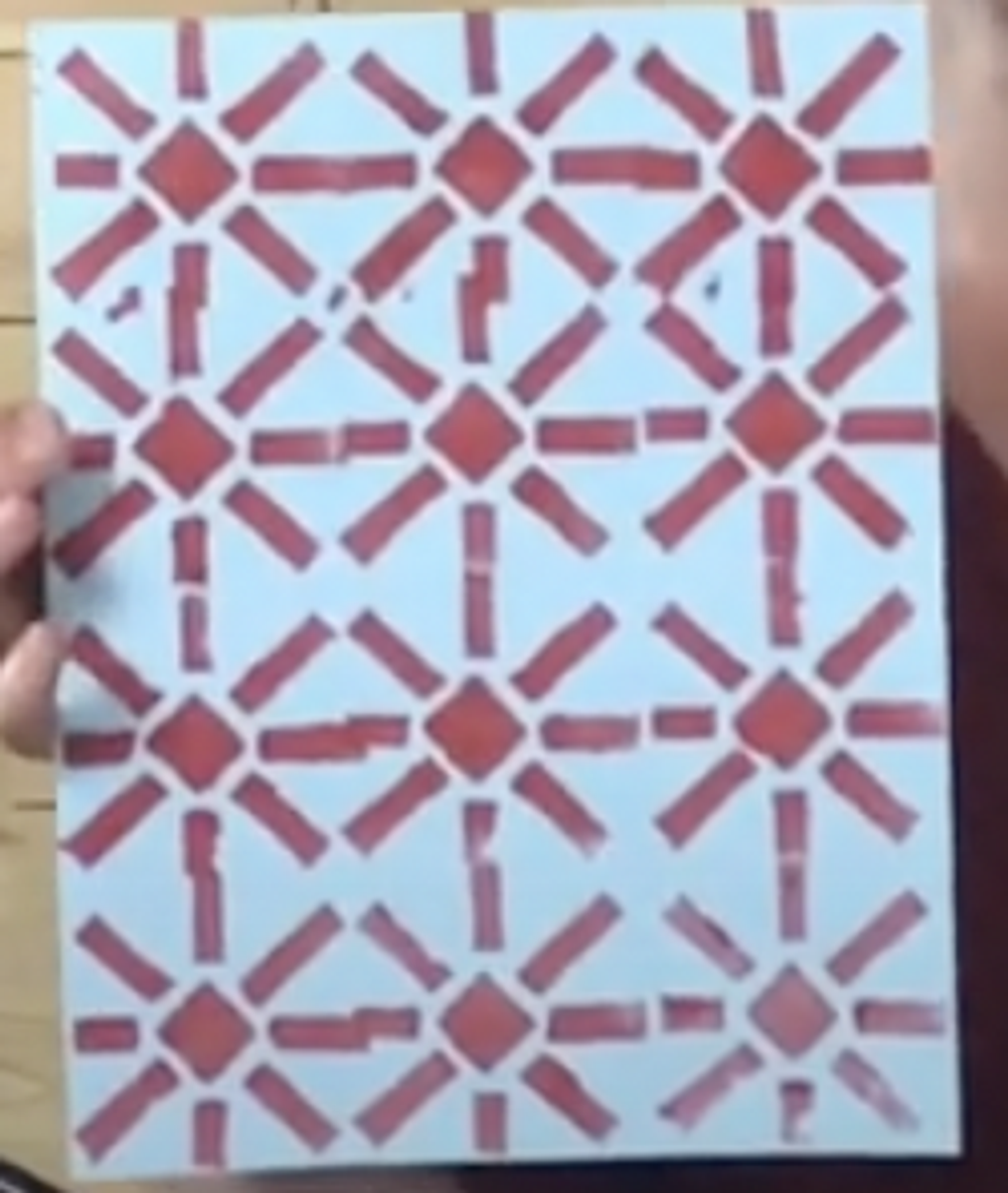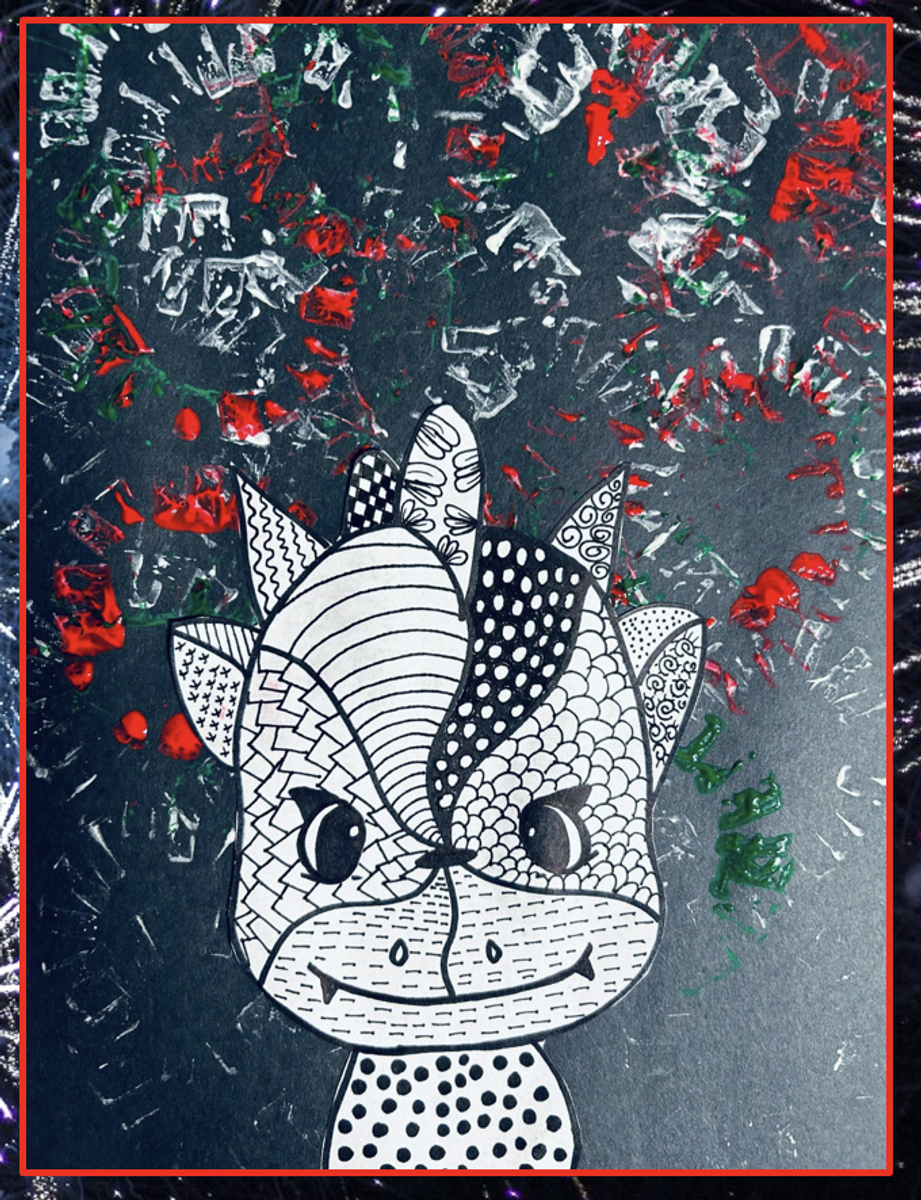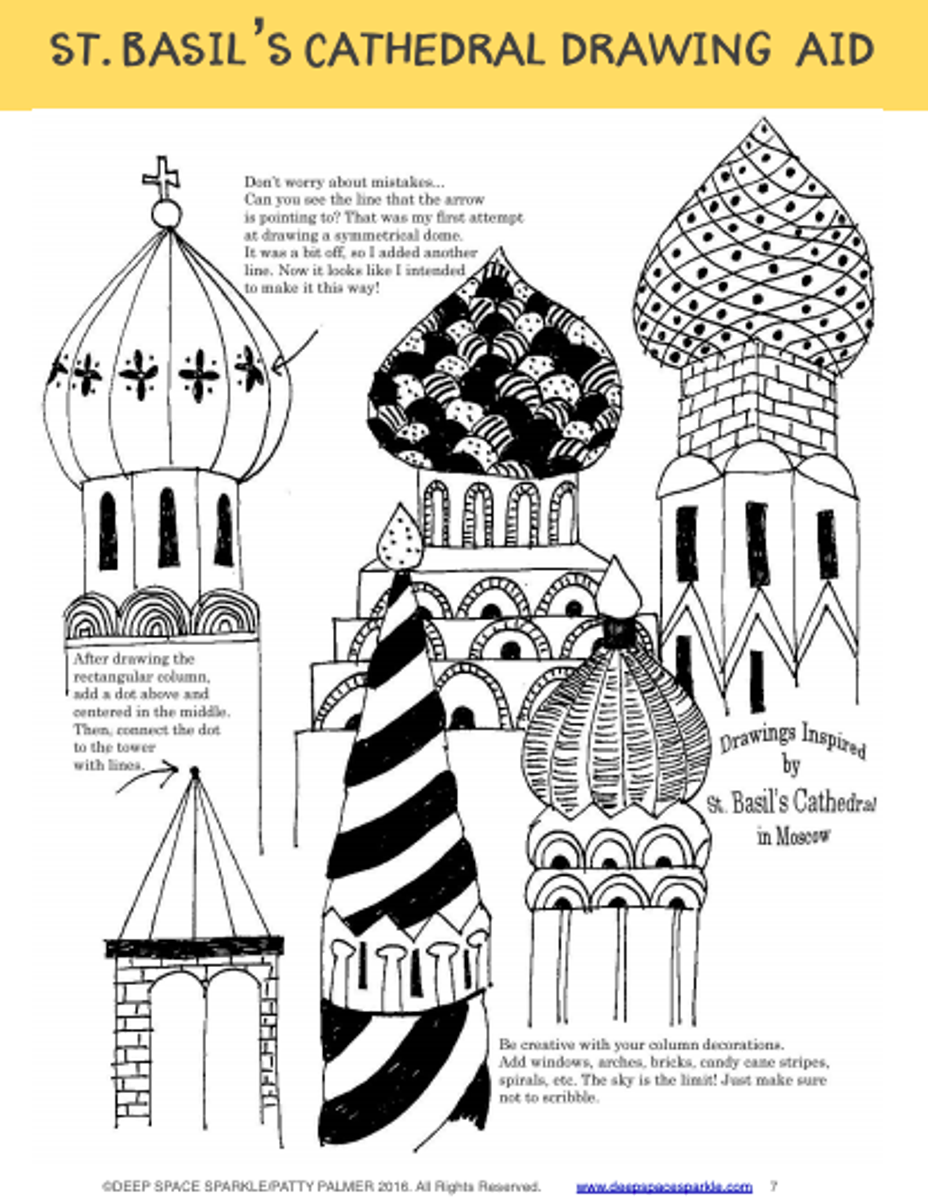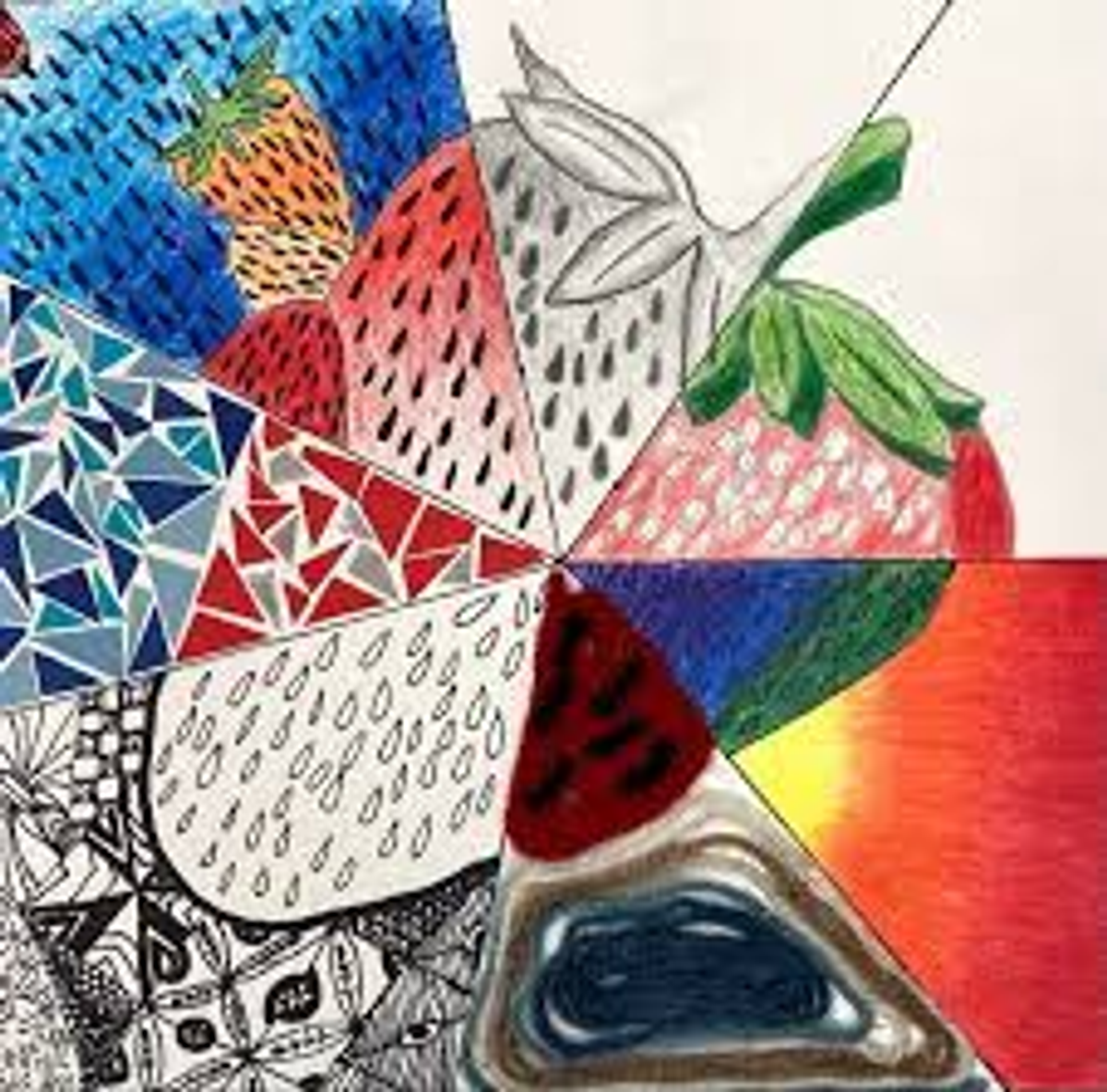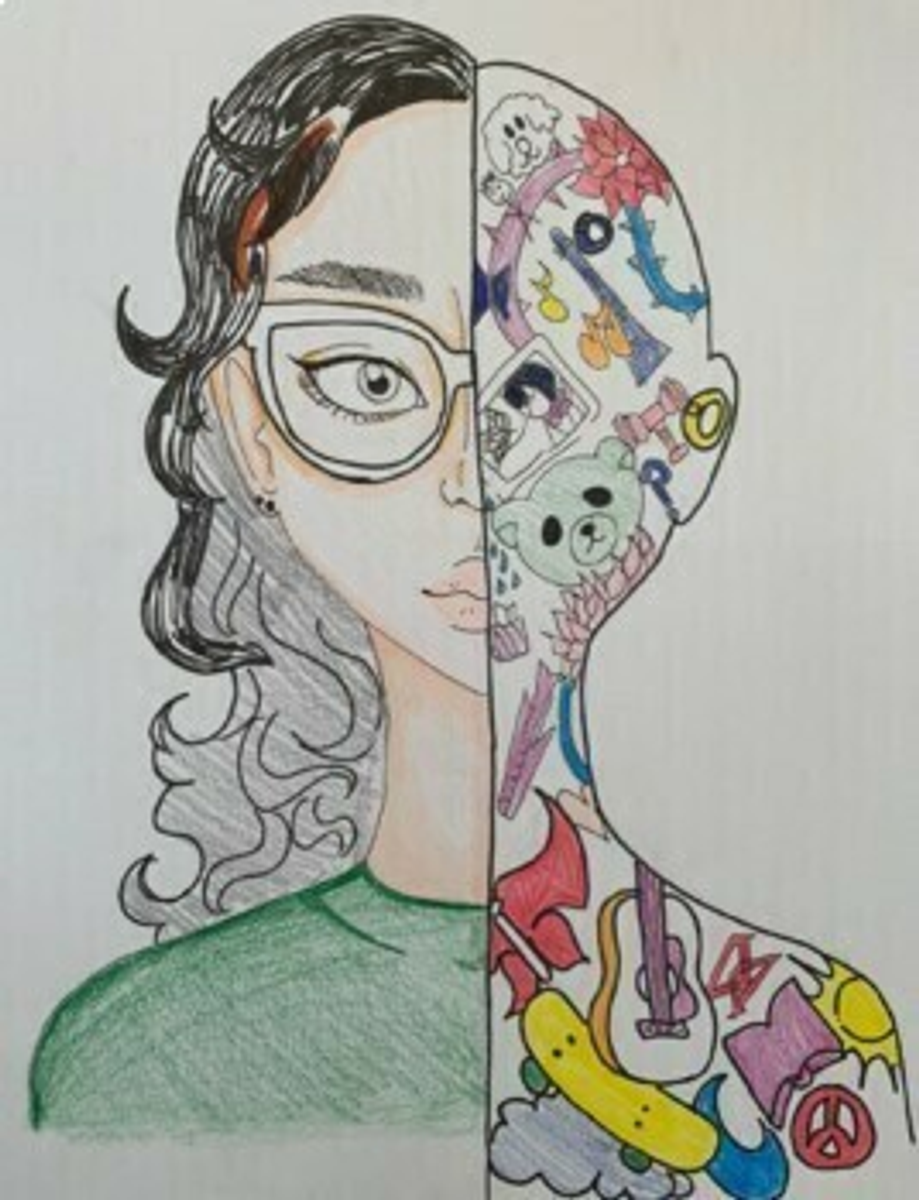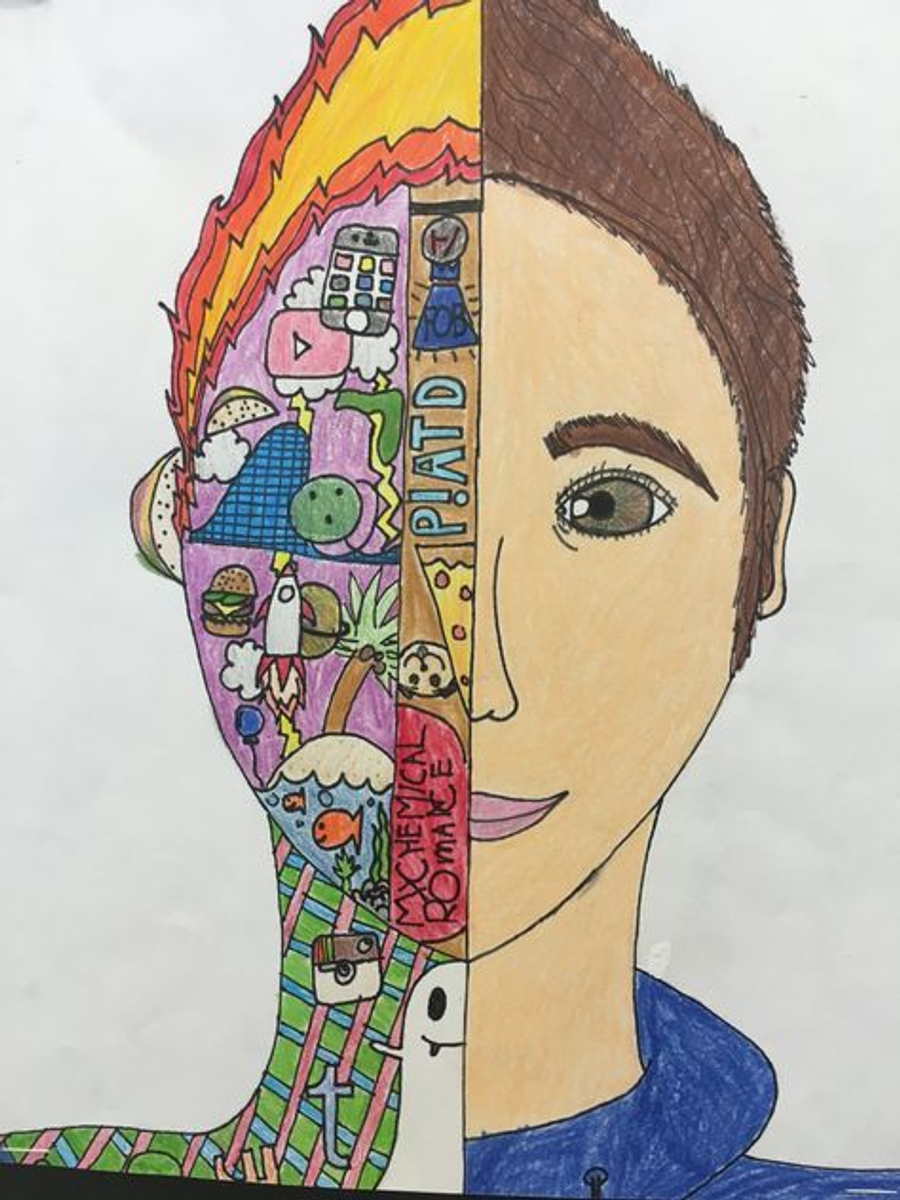Primary Specialists

Prep Visual Art
Our Prep students have now begun their second Unit of Inquiry with their Central Idea: Similarities and differences build good relationships. In Art, we aligned our lessons with the Prep team by talking about how we are the same and how we are different. Students then explored how we use art skills to represent ourselves. This led us into creating self portraits, replicating the other side of our faces through honing in explicitly on three elements of Art including line, shape and colour. In week 6, students used line to create their drafts by drawing the outline of half their faces in grey lead pencil. In Week 7, they finalised their portraits by going over their grey lead drafts in permanent markers and then they painted their images using a range of watercolour paints. Our Prep Art essential agreement has now been finalised and I'm so proud of all our students for their contributions. These self portraits will connect our Art essential agreement and bind it together showing how similarities and differences build good relationships.
Years 1 - 6
students in Year 1 have been consolidating their skills in line and have been able to identify and create various types of lines. They have also begun exploring pattern aprinting the background for their self portrait using their skills in pattern making and paint application.
Students in Year 2 have used their skills in line to create a dragon for Lunar New Year. They are currently working on their background using paint, texture and contrast to show Lunar New Year fireworks.
In Year 3 students have explored and identified various Indigenous symbols and patterns and used this to create their plan for their Indigenous artwork. This week they have used pencil to create their symbols, used paint pens to outline their designs and will then begin paint application in following weeks.
In Year 4 students have learned about line, pattern, value, space and contrast and have used this to create zentangle inspired patterns. They have begun implementing their drawing skills into creating St Basils Cathedral from Russia. Students have been enjoying listening to Russian music whilst they are creating the overlapping buildings and turrets of St Basils.
In Year 5 students have been further investigating and applying the art elements into a chosen topic. They are creating a personalised artwork that is divided into sections where they will highlight the various art elements of line, space, shape, colour, form, space and value.
In Year 6 students are looking into personal identity and are creating split self portraits of themselves. They are drawing various symbols to represent who they are, their cultural heritage and their passions in life. This week students have begun their first sketch draft and will begin adding fineliner, details and colour in weeks to come.
Music
Hello from Primary Music! The students in our first cohort who are taking music classes are now halfway through their rotation!
In the Lower Primary Grades (Prep to Two), we have been enjoying singing along with the guitar to songs like "The Ugly Bug Ball," "You are my sunshine," and "Bill Grogan’s Goat." We have also been listening to a diverse range of music to develop an appreciation for different genres, while learning to identify changes in dynamics, pitch, tempo, and instrumentation.
In Grade Three, we are eagerly awaiting the delivery of our recorders, which we hope will arrive soon. These new instruments will be sent home for practice, with the understanding that they must be returned to school in time for the next music session. Recorders are a great introductory instrument for learning to read sheet music and play simple melodies.
In Grade Four, we are in the process of setting up our accounts on the web-based music app Noteflight. Noteflight can be accessed both at home and in class, allowing students to continue creating music outside of regular hours if their curiosity and enthusiasm drives them.
For Grades Five and Six, we are currently learning to tune and play the ukulele. This will be our focus until the end of this rotation. Additionally, we will begin exploring music composition using Garage Band, where we can create our own original pieces.
Spanish
Hola a todos! and welcome to the latest edition of our Spanish class newsletter, where we'll be sharing some of the exciting things we've been up to in our Spanish lessons.
Learning the Basics: Over the past few weeks, we've been diving deep into the fundamentals of the Spanish language. From mastering basic greetings like "Hola" and "Buenos días" to learning the colours of the rainbow and counting from one to ten, we've been laying the foundation for our Spanish language journey. It's been amazing to see how quickly we've been able to pick up these essential language skills!
Expressing Ourselves: In addition to learning vocabulary, we've also been focusing on expressing our feelings and emotions in Spanish. Whether it's saying "Estoy feliz" when we're happy or "Tengo miedo" when we're scared, being able to communicate our emotions in another language has been both challenging and rewarding.
Exploring Spanish-Speaking Countries: Did you know that Spanish is spoken in 21 countries around the world? From Spain to Mexico, Argentina to Colombia, each of these countries has its own unique culture, traditions, and dialects. We've been taking a virtual tour of these countries, learning about their geography, history, and the customs that make each one special.
Understanding the Global Impact of Spanish: With over 580 million native speakers worldwide, Spanish is one of the most widely spoken languages on the planet. Learning Spanish isn't just about mastering a new language—it's also about connecting with millions of people around the world and understanding their perspectives, cultures, and traditions.
Diving into Culture and Traditions: One of the most exciting parts of learning Spanish has been exploring the rich tapestry of Hispanic culture and traditions. From colourful festivals to delicious culinary delights like paella and empanadas, each aspect of Hispanic culture has opened our eyes to the beauty and diversity of the Spanish-speaking world.
Looking Ahead: As we continue our journey through the Spanish language and culture, we're excited to dive even deeper into the nuances and intricacies of this vibrant and dynamic language. Whether it's through language exercises, cultural activities, or interactive projects, we're committed to broadening our horizons and becoming true global citizens.
Adios y hasta pronto!
The Spanish team…
Media Art with Mr Howarth
In Media, students are taking skills learned in prior lessons and applying them to new tasks. In particular, we have been focusing on:
Year One: In Year One, we are exploring the way stories have been told over time, through the lens of Dreamtime Stories. We have explored how stories have survived for thousands of years through oral retelling, music, dance, cave paintings, etc.
Year Two: We are continuing to explore different shot types in the yard, working with partners. Currently, we are exploring long shots and high/low angles.
Year Three: We are building on our prior knowledge of shot types and enhancing them through editing and using different filters to change the tone and feeling of our photos.
Year Four: We are continuing our analysis of Thalu to explore Aboriginal history. This has included the history of stockmen in Australia and Aboriginal sporting icons.
Year Five: Using our knowledge of camera movements and thematic elements to plan a shot list for a short film.
Year Six: Exploring positive and negative representations of culture in media, and creating a collage of how we feel “seen” in media.
DANCE.
In Dance we have been working on a wide range of elements throughout classes to help link in to what has been taught in the classroom at the same time. We have been covering different shapes through movement and choreography while working with different levels also. Using this we have also been working on various patterns and changing up the order of the movements to exercise and strengthen students memories.
We have covered and focussed on range of movements through dance and how it affects other elements in life such as sports and physical activity. Through this we discussed the difference between maximum and minimum range of movement, power and effort, and the pros and cons of their actions and approach to both outcomes. Students were able to identify what outcome would be best and what they would personally like to achieve, resulting in more engaged students applying themselves even more so and classes giving maximum effort in every class.
Wakakirri students and dancers have been working hard chipping away at their routine and over the last couple of weeks. We are still in the early stages but it won’t be long before rehearsals will be full swing ahead. This is a huge project to be a part of and the students are all eager to put Saltwater on the map being the first group of students to represent our community! It’s going to be amazing!
VSSS students have had their final rehearsal before going to their first combines schools Hub rehearsal next week! Everyone has already learnt their first routine from the show which will be the finale, and they’re excited to learn the rest and for what’s yet to come! We have another great team representing Saltwater for this years Victorian State School Spectacular and we can’t wait to see them shine bright on the big stage soon!
Mandarin
Mandarin with Miss Xiong introduces an innovative approach known as the Accelerative Integrated Methodology (AIM) to delve into both traditional Chinese culture and language. Across different year levels, our curriculum maintains a consistent thematic focus:
For Year 1-2, our emphasis lies in mastering fundamental greeting expressions from various time periods. Through interactive gestures and selecting appropriate greetings, students learn to convey emotions and respond accordingly. Engaging in class activities such as singing competitions and language games enhances their listening and speaking proficiencies.
In Year 3-4, we shift our attention to politely and appropriately asking for personal information. Students are equipped to inquire about basic details like names and well-being while adeptly responding. Through activities like singing contests and coloring worksheets, they hone their speaking and reading skills.
Moving to Year 5-6, our focus extends to employing complete sentences for greetings. Alongside basic inquiries and responses, students develop the ability to recognize Chinese characters through guided writing practice using tracing sheets.
Recognizing the varying language proficiencies within a single class, our approach tailors instruction for first language learners and second language learners. First language learners delve deeper into writing traditional Chinese characters, while second language learners concentrate on spoken communication and Pinyin.

